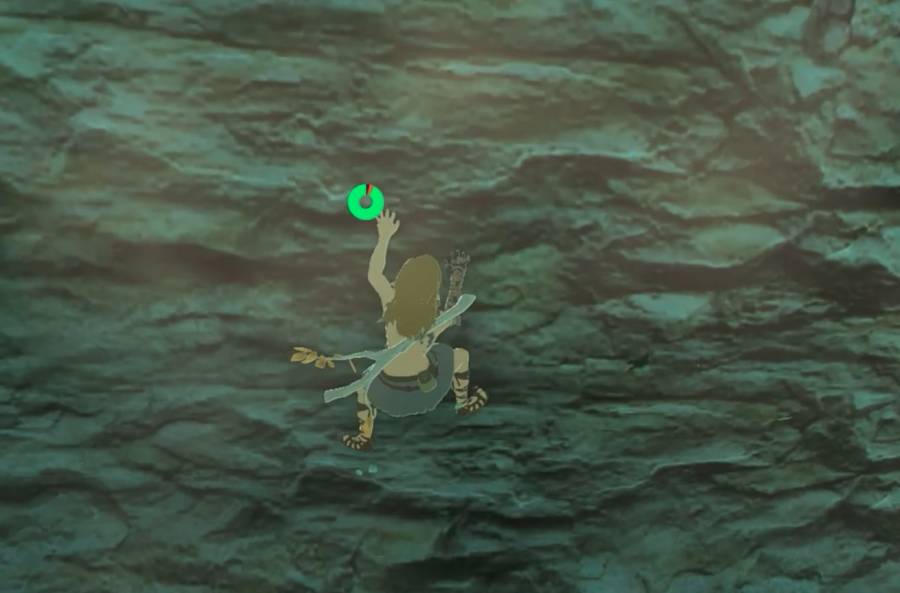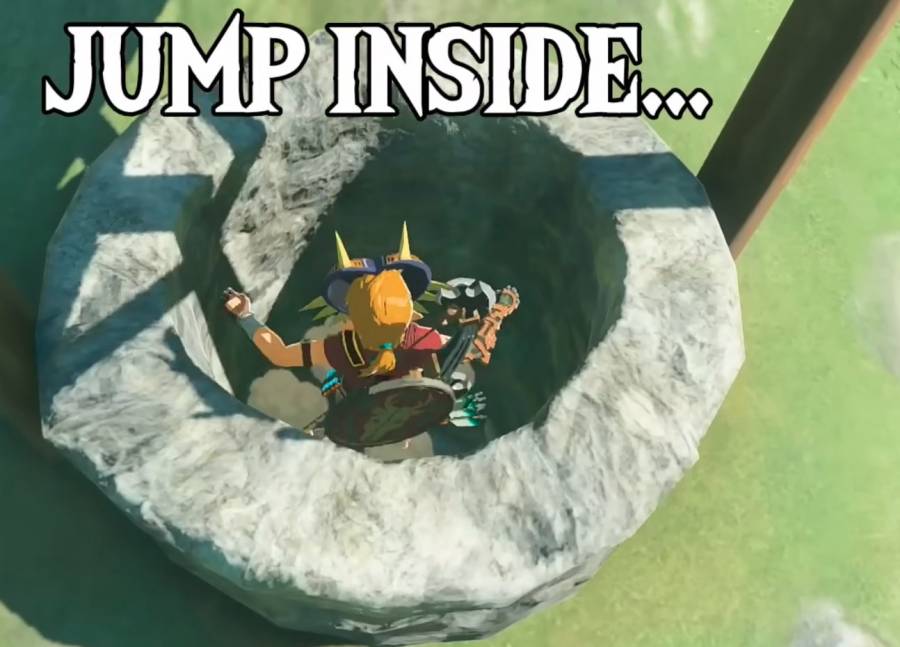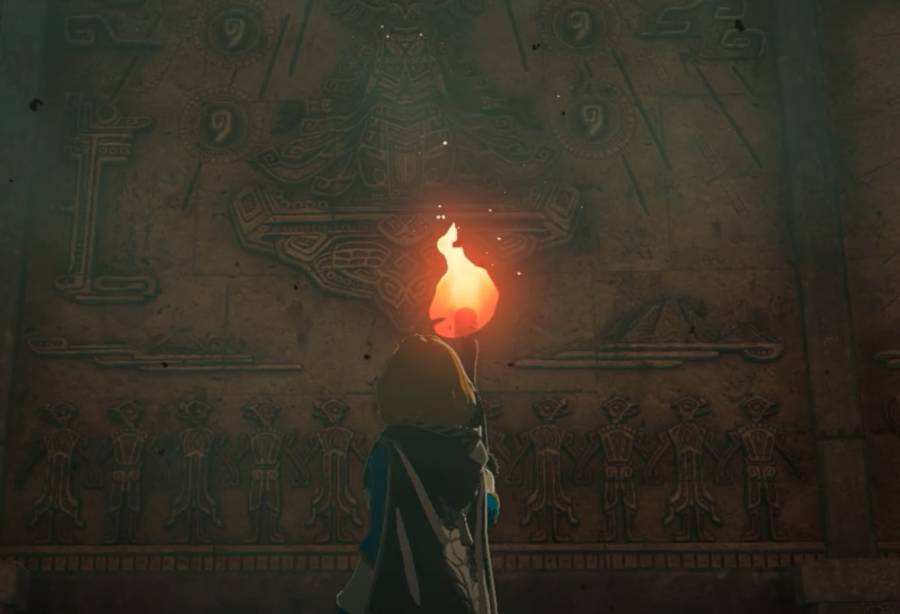Foundation of Open-World Exploration
Origins of Open-World Design
The concept of open-world design in video games has its roots in the early 1980s. This was a time when developers began to experiment with non-linear gameplay and expansive virtual environments. Games like Ultima and Elite were among the pioneers in this realm.
Expansive Environments: Tears of the Kingdom vs. Breath of the Wild
Both Tears of the Kingdom and Breath of the Wild offer vast, open-world environments for players to explore. However, the way these two games approach their world design differs significantly.
Impact on Player Immersion and Freedom
Open-world designs in both games greatly enhance player immersion. They provide a high level of freedom that allows players to choose their path and playstyle.

Evolution of Combat Systems
Combat in Breath of the Wild: A Retrospective
Breath of the Wild’s combat system is a significant evolution from previous games in the Zelda series. It introduces more dynamic and strategic battles, requiring players to learn and adapt to various enemy behaviors and weaknesses.
Tears of the Kingdom’s Combat Overhaul
Tears of the Kingdom, on the other hand, completely overhauls its combat system from its predecessors. The game introduces new elements like active skills, combo attacks, and a more robust magic system.
Skill Progression and Diversity in Battle
Both games offer diverse combat experiences through their skill progression systems. Players can unlock and upgrade various skills to customize their battle strategies.
Character Progression and Development
Role of Characters in Breath of the Wild
In Breath of the Wild, character progression is primarily tied to the collection of new weapons, armors, and abilities. These not only enhance Link’s combat capabilities but also his ability to traverse and interact with the world.
Advancements in Tears of the Kingdom
Tears of the Kingdom takes a different approach to character progression. The game introduces a more traditional RPG-style level-up system where characters gain experience points and level up their stats.
Balancing Linear and Non-Linear Progression
Balancing linear and non-linear character progression is a common challenge for open-world games. Both Breath of the Wild and Tears of the Kingdom offer interesting solutions to this problem.
Questing Dynamics: Variety and Engagement
Diversity of Quests in Breath of the Wild
Breath of the Wild offers a diverse range of quests, from main story missions to side quests and shrine challenges. Each type of quest provides unique rewards and helps flesh out the game’s world and lore.
Expanding the Questing Landscape in Tears of the Kingdom
Tears of the Kingdom expands on the questing landscape by introducing faction quests and dynamic events. These add another layer of depth and engagement to the questing experience.
The Integration of Main and Side Quests
Both games showcase excellent integration of main and side quests. This not only enhances the narrative immersion but also provides players with ample opportunities for exploration and character progression.
Innovations in Puzzle Design
Breath of the Wild’s Puzzle Philosophy
Breath of the Wild’s puzzles are designed around the idea of “multiplicative gameplay”. This means that puzzles often have multiple solutions, encouraging creativity and experimentation from players.
Tears of the Kingdom’s Take on Puzzle Solving
Tears of the Kingdom, however, focuses on intricate and carefully designed puzzles. Each puzzle is a mini-adventure in itself, offering unique challenges and rewards.
Enhancing Cognitive Challenges
In both games, puzzles play a crucial role in enhancing cognitive challenges. They require players to think, observe, and experiment, adding another dimension to the gameplay experience.
Role of Physics and Interactivity
Physics Engine in Breath of the Wild
Breath of the Wild’s physics engine is one of its most praised features. It allows for a high level of interactivity with the game world, from manipulating objects to creating unique solutions to challenges.
Expanding Interactivity in Tears of the Kingdom
Tears of the Kingdom expands on this interactivity by introducing more complex physics-based puzzles and interactions. The game’s world feels alive and responsive, offering countless possibilities for exploration and discovery.

Impact on Gameplay Immersion
The high level of interactivity and physics-based gameplay in both games greatly enhances immersion. It makes players feel like they are truly part of the game world, influencing and being influenced by it.
Technology and Graphics Advancements
Technological Progression from Breath of the Wild
Breath of the Wild represents a significant technological progression for the Zelda series. Its use of advanced shading techniques and physics simulations creates a visually stunning and dynamic game world.
Visual Fidelity and Artistic Styles
Tears of the Kingdom, meanwhile, showcases its own unique visual style. The game combines high-fidelity graphics with an artistic design inspired by classic fantasy literature, creating an immersive and visually captivating experience.
Enhancing the Gaming Aesthetic
Both games use technology and graphics to enhance their gaming aesthetic. They create visually stunning worlds that draw players in and provide a rich backdrop for their epic adventures.
Multiplayer Dynamics: Co-op and Competitive Elements
Breath of the Wild’s Single-Player Focus
Breath of the Wild is primarily a single-player game. It focuses on providing a deep and immersive single-player experience, with a rich story and a vast world to explore.
Tears of the Kingdom’s Approach to Multiplayer
Tears of the Kingdom, however, introduces multiplayer elements to the mix. The game includes both cooperative and competitive modes, adding a new dimension to the gameplay experience.
Balancing Multiplayer and Single-Player Experiences
Balancing multiplayer and single-player experiences is a complex task. Both games approach this in their own unique ways, offering different experiences to different types of players.
Integration of Storytelling and Gameplay
Breath of the Wild’s Minimalist Storytelling
Breath of the Wild adopts a minimalist approach to storytelling. The game’s story is slowly revealed through exploration and discovery, allowing players to piece together the narrative at their own pace.
Tears of the Kingdom’s Narrative Integration
Tears of the Kingdom, in contrast, integrates its narrative more directly into the gameplay. The game’s story unfolds through quests, dialogue, and in-game events, creating a more traditional narrative experience.
Aligning Story and Player Agency
Both games strive to align story and player agency. They give players the freedom to explore and progress at their own pace, while ensuring that the overall narrative remains engaging and coherent.
User Interface and User Experience (UI/UX) Innovations
Evaluating Breath of the Wild’s UI/UX Design
Breath of the Wild’s UI/UX design is clean and intuitive. It provides players with all the necessary information without overwhelming them, contributing to a smooth and immersive gameplay experience.
User-Friendly Approaches in Tears of the Kingdom
Tears of the Kingdom also prioritizes user-friendly UI/UX design. The game’s interface is easy to navigate, and its systems are explained clearly, making it accessible for both newcomers and veterans.
Streamlining Information for Players
Streamlining information for players is a critical aspect of good UI/UX design. Both games do an excellent job in this regard, providing players with clear and concise information when they need it.

Reception and Community Response
Initial Impressions from Players
Initial impressions from players for both games have been overwhelmingly positive. Both Breath of the Wild and Tears of the Kingdom have been praised for their expansive worlds, engaging gameplay, and innovative mechanics.
Critic Reviews and Comparisons
Critic reviews for both games have also been largely positive. However, comparisons between the two are inevitable, with each game having its own strengths and weaknesses.
Community Discussions and Speculations on Future Developments
Community discussions and speculations on future developments for both games are rife. Players are eagerly anticipating future updates and expansions, and the developers have hinted at exciting things to come.
In conclusion, both Tears of the Kingdom and Breath of the Wild offer engaging and innovative open-world experiences. They each bring their own unique elements to the table, providing players with countless hours of exploration, combat, puzzle-solving, and adventure.
